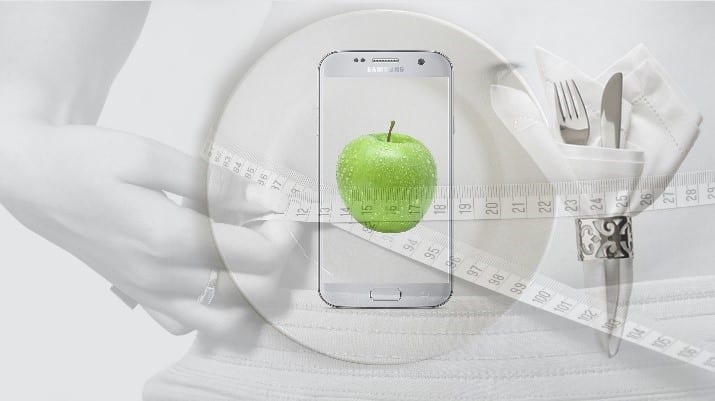Undergoing bariatric surgery is a significant and life-altering decision. It can help you lose weight and improve several areas of your health and well-being. However, it’s normal to have concerns about the required lifestyle changes—particularly when it comes to your new diet. You may worry that you’re limiting yourself to a lifetime of boring salads, but that’s far from the case. You can still enjoy many of the foods you ate before your surgery with a few ingredient swaps.
Phases of the Bariatric Surgery Diet
It is true that you won’t be able to immediately chow down on a slice of pizza after bariatric surgery. Bariatric surgery makes significant changes to your digestive system, and your body needs time to heal before you can eat typical foods. Your diet will change as you move through the following phases of recovery:
- Phase I: The first phase focuses on learning how many ounces your new anatomy can tolerate as it adjusts to the changes. You will be able to have clear liquids like juice and broth immediately following your surgery.
- Phase II: You’ll start to consume thicker liquids and semi-solids through the first two weeks of recovery, such as protein drinks, sugar-free pudding, sugar-free and nonfat yogurt, and low-fat cottage cheese. This phase aims to step up the protein intake while limiting fat and sugar.
- Phase III: Your diet choices expand to include purees and soft foods in weeks two through four after your surgery. Scrambled eggs, applesauce, canned fruits, pureed vegetables, and lean ground meats are good options for this recovery stage.
- Phase IV: You will still likely be on pureed foods between the fourth and eighth weeks after your procedure. However, you can incorporate more soft foods to see how you tolerate them. Your meals will be very small during this phase. Also, drinking a glass of water between meals is critical to prevent dehydration. It’s important to note that you should avoid drinking water with meals. It can make you feel artificially full and reduce how much food you can eat.
- Phase V: Months two through six mark the gradual normalization of your diet. You can gradually increase the variety of solid foods, but expect portion sizes to remain small. While protein shakes are okay at this phase, the focus is to consume most of your protein through solid foods. Everyone’s recovery is different, and it may take some time before you’re able to consume the recommended 60 to 80 grams of protein per day.
- Phase VI: Most people’s diets normalize by month six post-op. Some foods may remain hard to digest, such as raw vegetables, fruits with skin, popcorn, nuts, red meat, and bread.
Guidelines for Eating Pizza After Bariatric Surgery
You may think pizza is a permanent no-go after reading the bariatric diet guidelines. In general, pizza is not usually a healthy food option. It’s often greasy with a staggering number of calories, carbs, fat, and sugar. It’s also not usually a great source of protein. However, many patients still enjoy pizza after bariatric surgery by making smart substitutions and toppings choices.
The following are several tips and examples of how you can enjoy a slice of pizza after bariatric surgery without breaking your diet:
- Make your own pizza crust using low-carb dough or cauliflower to reduce the calories, carbs, and fat.
- Order a thin crust or flatbread pizza to reduce the calories and fat.
- Beef up the protein content by making chicken crust pizza and adding lean meat toppings.
- Improve the nutrition profile by adding a lot of veggie toppings.
- Make a bariatric-friendly, crustless pizza casserole to enjoy the traditional pizza flavors at a fraction of the calories, fat, and carbs.
- Use a muffin tin to make perfectly portioned pizza quiches that use eggs instead of dough.
- Bake zucchini slices topped with a bit of marinara, mozzarella, and mini pepperonis for a healthy twist on pizza.
Who Can’t Eat Pizza After Bariatric Surgery?
Some individuals won’t be able to tolerate traditional pizza after bariatric surgery. Greasy, fatty, and carb-heavy foods can cause discomfort or nausea for some bariatric patients. However, the tips listed above can dramatically reduce the likelihood of digestive distress.
Even if your new anatomy does tolerate a typical slice of pizza, it’s not going to meet your nutritional needs without some substitutions. For example, a single slice of cheese pizza is around 300 calories with a meager 12 grams of protein. Once your diet stabilizes, you’ll likely only eat around 1000 calories per day. That single slice of pizza accounts for almost one-third of your daily calories. It also only has fifteen to twenty percent of your protein needs. If you do plan to indulge in a slice, remember to limit the frequency or make healthy substitutions to avoid stagnating weight loss or weight gain.
Do you still have questions about the bariatric diet or what to expect after bariatric surgery? Contact us for more information or to schedule a consultation.





